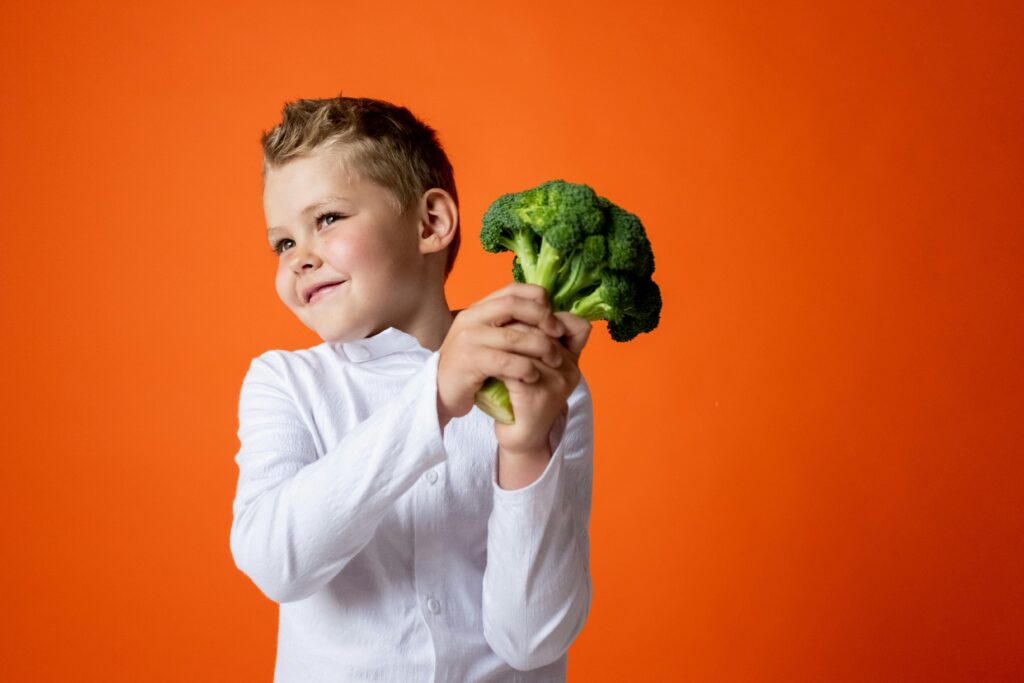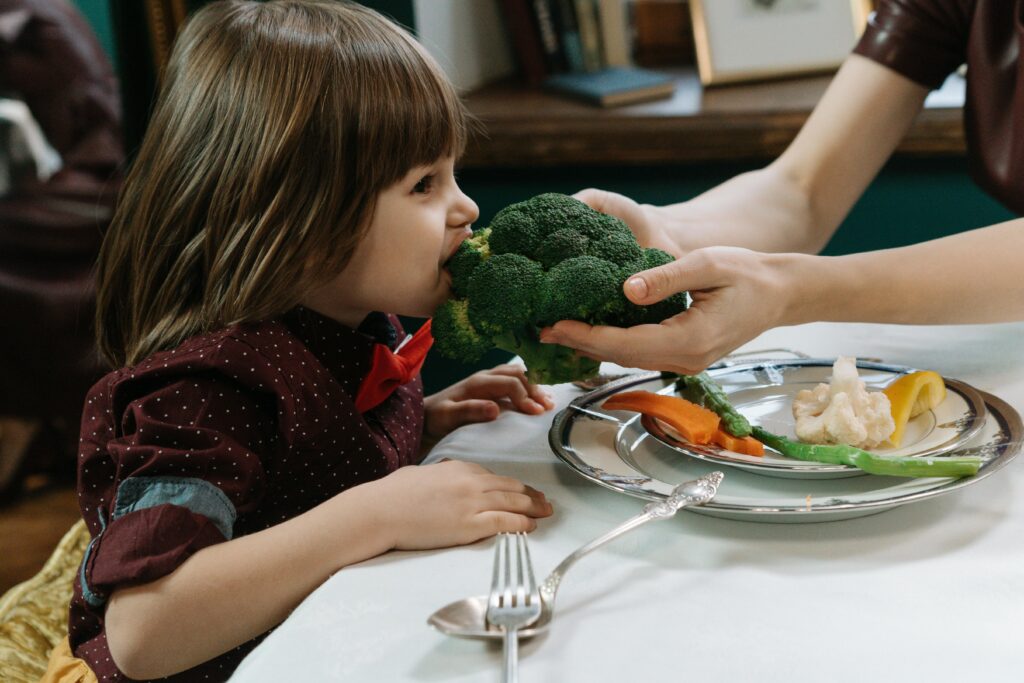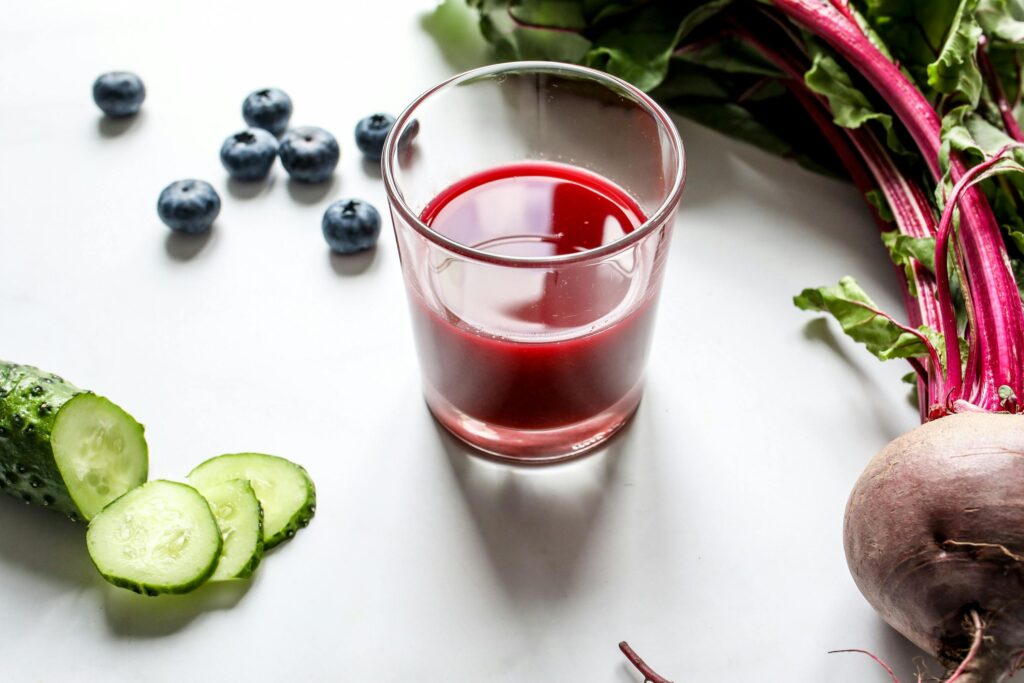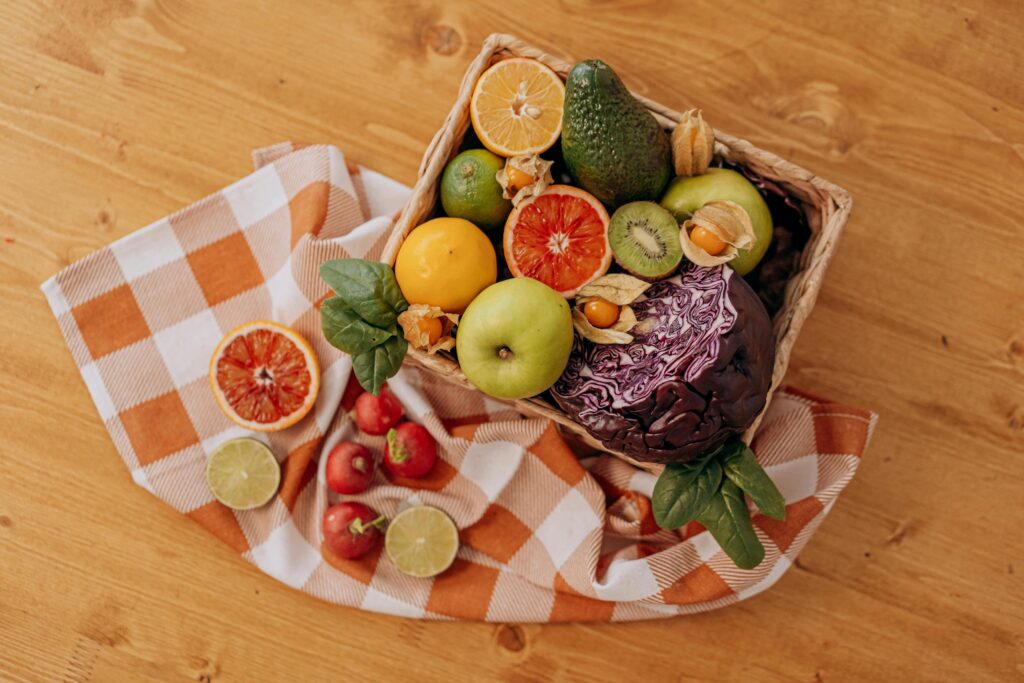When it comes to first foods, baby yogurts are of the ideal quality; however, the calorie count of different yogurts changes. Let’s explore the guidelines for selecting baby yogurts. Are you sure if giving yogurt to infants is safe? The short answer is yes. But the shop offers an endless number of options.
The milk used to make yogurt is fermented by bacteria and contains live, active cultures, which are probiotics for your baby’s digestive system. Both milk and live, active cultures are present in plain yogurt. Vitamin D is added to some ingredients.
And a little one only needs that. When babies can consume yogurt, how to pick the best yogurt for your baby, and favorite choices for young children are all included in this post.
Why Can’t My Baby Drink Regular Milk?
Waiting until your child is one year old before introducing cow’s milk is advised by the Food and Nutrition Board for Americans. This is due to the fact that a baby’s digestive system is not yet prepared to digest liquid milk.
Yogurt and cheese are fermented, making them easier for newborns to absorb than cow’s milk. Additionally, dairy and other solid foods are presently considered nutritional supplements. At first, they don’t provide a lot of calories or nutrients. The majority of a baby’s nutritional needs remain satisfied by breast milk or infant formula.

Regular Yogurt vs. Baby Yogurt
Baby yogurt and adult plain yogurt are produced with the same elements. Both include live cultures (the beneficial bacteria for your baby’s intestines) and milk. The size of the container, the packaging, and the contents in the flavored versions are the main differences between yogurt that is produced and sold to children.
Yogurt and fruit are typically combined to make baby yogurts, though some may also contain cereal. Protein content is typically decreased when yogurt isn’t the primary ingredient. And that is advantageous.
According to the Dietary Guidelines, infants between the ages of 1 and 2 years only require 13 grams of protein per day, while those between the ages of 6 and 11 months only require 11 grams.
Something About Natural vs. Added Sugar
Carbohydrates and sugar are common topics. It can be difficult because there is a lot of misleading data out there. Let us explain what parents should know about infants and children.
Although children and adults both need carbohydrates, there are several kinds, and not all of them are equally nourishing. There are many kinds of added sugars, and they are all known by different names, which makes more complicated issues. Therefore, the word “sugar” may not appear on the ingredient list.
The simplest way to identify them is to search for “added sugars” on the product’s nutrient board, which can be found below the carbohydrates.
What makes natural sugars superior to added sugars?
Their effects on the body and how they are absorbed are similar in many ways. However, added sugars are typically simple sugars that digest quickly and raise blood sugar levels quickly. During digestion, the fiber in whole fruit decreases the absorption of sugar. This keeps your child satisfied for longer and maintains a uniform mood.
Yogurt’s fat and protein content may slow down digestion and regulate blood sugar levels, but kids require a variety of nutrients to promote their growth and development, and added sugar isn’t one of them. In actuality, during the first two years of life, newborns are advised to avoid additional sugar.
Since lactose is a naturally occurring sugar in dairy products, all yogurt made from cow’s milk will contain sugar. Avoid getting stressed over that.
Top Baby Yogurts
When choosing yogurt for toddlers, it is important to select organic, sugar-free, and vitamin D-fortified yogurt. This list discusses the nutritional benefits of some of the best baby yogurts on the market.
| Brand | Container Size | Sugar | Protein | Vitamin D | Description |
| Stonyfield Farm Whole Milk Yogurt | 4 oz | 5 g | 4 g | 10% | Organic, no added sugars, fortified with vitamin D. |
| Earth’s Strawberry Banana Fruit Yogurt | 4 oz | 15 g | 2 g | 30% | Made with pureed fruits, no added sugar. |
| Annie’s Berry Whole Milk Yogurt | 4 oz | 7 g | 4 g | 10% | Certified organic, no added sugars. |
| Happy Family Whole Milk Yogurt | 1.7 oz | 3 g | 2 g | Not specified | USDA organic, no added sugars. |
| Happy Tot Apple Cinnamon | 4 oz | 10 g | 1 g | Not specified | Contains oats and fruit, with lower protein content. |
Selecting the Best Kind of Baby Yogurt
According to the Dietary Guidelines, babies under the age of two should only consume full-fat dairy yogurt and stay away from added sweets. Look for normal adult or kid-friendly plain yogurts that are prepared with whole milk and don’t contain additional sugars when choosing a yogurt for your child.
Can babies eat Greek yogurt?
Greek yogurt is simply plain yogurt that has been processed. By straining the yogurt, the majority of the liquid is removed, resulting in a thicker, higher-protein, and lower-sugar yogurt.
Breast milk or formula still provides the majority of a baby’s protein. Greek yogurt and other strained yogurts are thick, making it easier for babies to feed themselves. However, because they are heavy in protein, serve them in little servings.
Can Flavored Yogurt Be Given to Babies?
Fruits, grains, and additional sugars are frequently used to flavor baby yogurts. However, high-quality products do not use sugar or sugar-free sweeteners; instead, they use fructose, which is a naturally occurring sugar found in fruits. We suggest using plain yogurt and using real fruit for more sweetness.

Is Plant-Based Yogurt Safe for Baby to Eat?
Plant-based yogurt can be consumed by your kid as part of a balanced diet, whether you are a vegetarian, have a cow’s milk yogurt allergy, or live in a plant-based household.
Should We Purchase Organic Yogurt?
Yogurt’s nutritional value and health advantages will exceed its organic status.
When Is Yogurt Safe for Babies to Eat?
Approximately 6 to 8 months of age is when babies can start eating yogurt, according to the American Academy of Pediatrics. When the baby is six months old, you can introduce solid foods with just one portion in any order. They say you can start offering a range of foods from all the food groups when the baby is 7 to 8 months old. Plain yogurt is a single-ingredient food that belongs to the dairy products food group. Yet, there are many things to take into account while choosing wisely for your child.
First, offer just one new meal at a time and in small quantities. After that, wait a day or three before adding another food. Some fruit yogurts contain fragments of fruit and seeds, which can cause choking worries for young children. Second, it’s important to take into account a cow’s milk allergy. One of the most common food allergies in young children is cow’s milk. When introducing new foods, you must use caution, especially when it comes to dairy and other food allergies.













